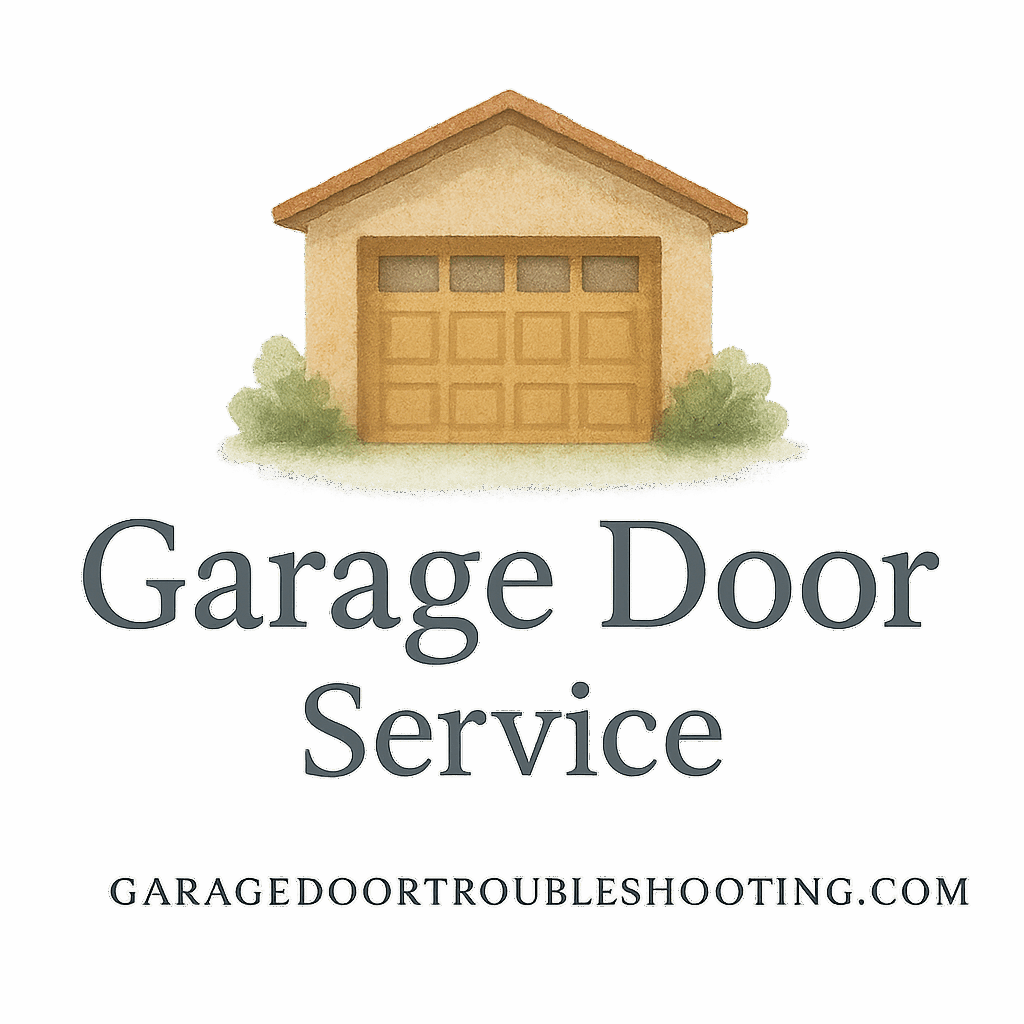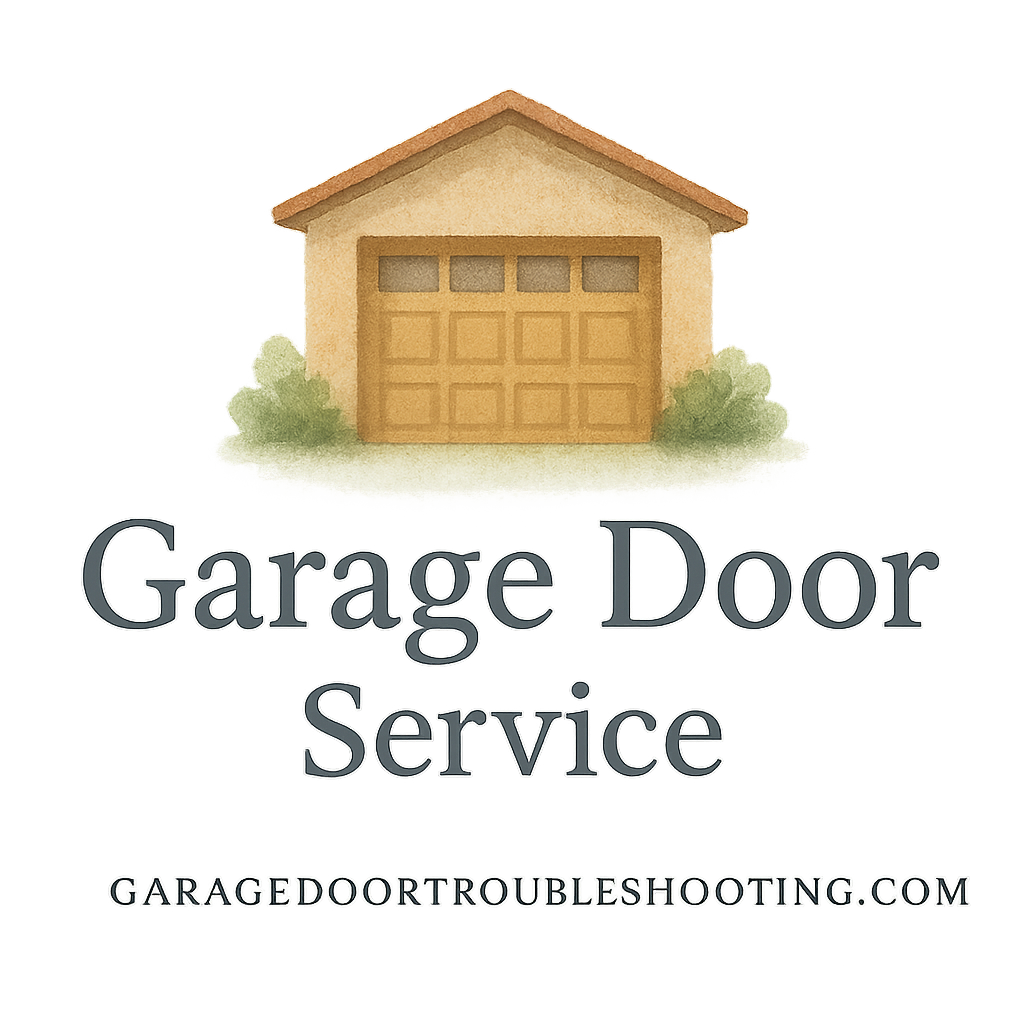Why Learn DIY Garage Door Repairs?
If you’re a homeowner, chances are your garage door works harder than you realize. It opens and closes multiple times a day, and like any mechanical system, it eventually needs attention. That’s where DIY garage door repairs come in handy.
Not only can you save money, but you’ll also gain confidence knowing you can handle common problems without always calling a technician.
Cost Savings for Homeowners
Hiring a professional for even minor repairs can be costly. Learning basic DIY garage door repair techniques can save you hundreds of dollars every year.
Convenience and Confidence
When your garage door refuses to budge, you don’t want to wait days for a repair service. With DIY knowledge, you can handle quick fixes immediately.
Knowing When to Call Professionals
While DIY repairs are great for minor issues, remember that some jobs—like torsion spring replacement—can be extremely dangerous. When in doubt, consult trusted experts from garage door services professionals.
Safety Precautions Before Starting Repairs
Before diving into repairs, safety must be your top priority. Garage doors are heavy, and parts like springs and cables store a lot of tension.
Essential Tools for DIY Repairs
You’ll need:
- Adjustable wrench
- Screwdrivers
- Pliers
- Lubricants
- Level
- Step ladder
These basics make most repairs manageable.
Protective Gear You Should Wear
Gloves, safety goggles, and closed-toe shoes are a must. Accidents happen, and it’s better to be protected.
Avoiding Dangerous Repairs
Repairs involving torsion springs or cables can be risky. Check out dangerous repairs before attempting anything that could compromise your safety.
Step 1: Inspecting Your Garage Door System
Start by observing your garage door’s movement. Does it stick, squeak, or jerk? A visual inspection helps you identify worn parts, misaligned tracks, or broken components.
Step 2: Fixing Garage Door Tracks
Cleaning and Lubricating Tracks
Dirt buildup can cause the door to drag. Clean with a damp cloth, then lubricate using silicone spray.
Straightening Bent Tracks
If tracks are bent, gently hammer them back into shape. Severe damage may require replacement.
Step 3: Repairing or Replacing Garage Door Rollers
Worn rollers cause noise and shaky movement. Simply unscrew the roller brackets, slide out the old rollers, and replace them with new ones.
Step 4: Tightening Loose Hardware
Garage doors vibrate with use, loosening nuts and bolts. Tighten everything along hinges, brackets, and rails to restore smooth operation.
Step 5: Adjusting Garage Door Springs (with Caution)
Springs balance the door’s weight. If your door feels too heavy or light, the springs may need adjustment. However, adjusting torsion springs yourself can be dangerous. For safety, review this garage door repair guide before attempting.
Step 6: Replacing Broken Garage Door Cables
Cables lift the heavy door. If one breaks, the door may slam shut or refuse to open. Disconnect the opener before replacing cables. If unsure, call a professional service provider.

Step 7: Fixing Garage Door Panels
Dents or cracks in panels aren’t just ugly—they affect performance. Small dents can be hammered out, while damaged panels may need full replacement.
Step 8: Sealing Gaps with Weatherstripping
Gaps allow pests, dirt, and drafts inside. Replace old weatherstripping with new rubber seals to keep your garage insulated.
Step 9: Troubleshooting Garage Door Sensors
Misaligned sensors can prevent the door from closing. Adjust them so both sensor lights glow steadily. Clean the lenses for better performance.
Step 10: Repairing Garage Door Opener Issues
Common opener issues include unresponsive remotes, worn gears, or electrical problems. Reset the opener, replace batteries, and consult garage door installation advice if replacement is necessary.
Step 11: Lubricating Moving Parts
Lubrication is the simplest yet most effective repair. Apply garage door lubricant to hinges, rollers, and tracks to reduce noise and wear.
Step 12: Testing Garage Door Balance and Function
Disconnect the opener and lift the door manually. If it doesn’t stay halfway open, the balance is off, and adjustments are needed.
Maintenance Tips for Long-Lasting Garage Doors
Creating a Garage Door Maintenance Plan
Routine inspections and lubrication extend your door’s life. Explore this garage door maintenance plan for step-by-step upkeep strategies.
Seasonal Checkups
Cold weather causes parts to contract, while heat may warp components. Schedule seasonal checks to stay ahead of problems.
For additional ideas, see garage door maintenance tips.
Benefits of Professional Garage Door Services
Even the best DIYers sometimes need help. Professional services guarantee safety, save time, and ensure lasting results. Learn more from professional garage door experts.
Common Questions Homeowners Ask About DIY Repairs
Many homeowners wonder about costs, risks, and tools. Browse homeowner tips for practical answers and insights.
Conclusion
DIY garage door repairs can be empowering. From tightening bolts to fixing rollers, these 12 step-by-step guides give you the knowledge to keep your garage door in shape. Just remember—know your limits, prioritize safety, and call a professional when necessary.
For more resources, explore:
FAQs
Q1: Can I replace garage door springs myself?
A: It’s not recommended—torsion springs are under extreme tension. Always call a professional service provider.
Q2: How often should I lubricate my garage door?
A: At least twice a year, preferably before winter and summer.
Q3: What’s the most common DIY garage door repair?
A: Tightening loose hardware and lubricating moving parts.
Q4: How do I know if my garage door is unbalanced?
A: Disconnect the opener and lift the door halfway. If it doesn’t stay put, it’s unbalanced.
Q5: What are signs I need new garage door cables?
A: Frayed cables, door leaning to one side, or sudden drops when opening.
Q6: Can DIY repairs extend the lifespan of my garage door?
A: Absolutely. With consistent maintenance, you can add years to its life.
Q7: Should I repair or replace a dented garage door panel?
A: Minor dents can be fixed, but severe damage usually requires replacement.


